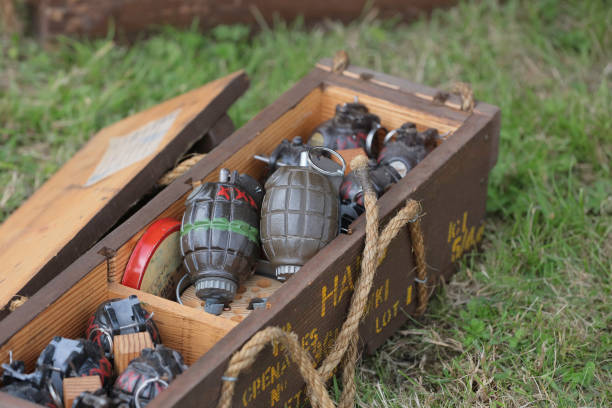
When the Earth Speaks: Volcano Erup
When Indonesia’s Lewotobi Laki-laki volcano erupted recently, it did more than reshape the natural landscape—it unearthed a haunting relic from the past. Survivors of the eruption in East Flores District, East Nusa Tenggara, made a startling discovery: a cache of World War II-era hand grenades, still intact and dangerously close to populated areas. The island’s natural beauty often takes centre stage for many travelers embarking on a Komodo Boat Trip. Still, this revelation is a reminder of the hidden layers of history beneath Indonesia’s volcanic soil. These unexpected finds have added a new, somber dimension to the region’s narrative, capturing the attention of local authorities and historians alike. While tourists on a Komodo Boat Trip cruise across crystalline waters, locals on land grapple with the implications of this unusual volcanic aftermath.
Discovery in the Ashes
Following the volcanic eruption that displaced nearly 7,500 residents, villagers returning to check on their properties stumbled upon the cache of old explosives. The Indonesian Army quickly secured the area, collecting 64 pieces of unexploded ordnance believed to have been buried since the World War II era. Experts suspect these weapons were left behind by Japanese troops who once occupied the region. The grenades were found buried in ash near homes and village roads, dangerously close to where people live and farm.
Military teams from the Wira Sakti Regional Military Command and the Indonesian Police’s Mobile Brigade (Brimob) were deployed to evacuate the grenades to a secure location safely. Thankfully, no injuries or explosions occurred during the removal process. The incident has sparked a conversation on the lingering presence of wartime artifacts across Indonesia’s many volcanic islands.
Community Response and Safety Concerns
Local authorities urge residents to stay vigilant and report unusual objects directly, especially after natural disasters like eruptions or landslides. The presence of buried war weapons raises serious concerns for public safety and emergency preparedness in areas prone to volcanic activity.
Officials also highlighted the need to educate local communities about recognizing and avoiding explosive materials, especially in the aftermath of eruptions. With more eruptions expected in Indonesia’s geologically active regions, both locals and visitors must understand the risks—natural and man-made—that may arise.
Komodo Boat Trip: Tourism Amid Natural Wonders
While this discovery was unsettling, it powerfully contrasts with the serene allure of the nearby Komodo National Park. Tourists booking a Komodo Boat Trip often dream of snorkeling with manta rays, relaxing on Pink Beach, and hiking Padar Island for panoramic views. However, this incident reminds travelers that Indonesia’s raw beauty comes with an intense geological and historical background.
Many travelers now opt for a Komodo liveaboard experience—an extended trip aboard a yacht or phinisi vessel—to fully immerse themselves in the wonders of Komodo National Park. These liveaboard tours provide comfort, convenience, and curated experiences led by knowledgeable guides who share insights on ecological marvels and the region’s historical context.
When History and Nature Collide
The eruption of Lewotobi Laki-laki and the discovery of WWII grenades illustrate the dramatic ways Indonesia’s geology and history intersect. From the rumblings beneath the earth to the remnants of global conflicts, the region continues to tell stories long buried under ash and time. As Indonesia grows as a tourist destination, primarily through adventures like the Komodo Boat Trip, understanding and respecting the land’s deeper narratives becomes essential—not only for the safety of its residents but also for the enrichment of every traveler’s journey.









